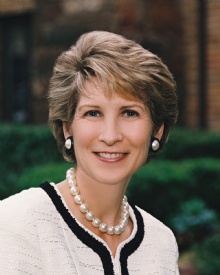"Together, often by unanimous vote, the council has worked quickly to get positive results"
About this Quote
Laura Miller’s statement reflects a strong sense of unity and efficiency within the council she’s describing. The phrase “together, often by unanimous vote,” emphasizes cooperation among council members. Instead of division or conflict, decision-making is characterized by solidarity. Unanimous votes indicate not just majority support, but a complete consensus, suggesting that members share similar values, priorities, or perspectives. This unity might stem from open communication, common goals, or a shared commitment to serving their constituents.
By noting that the council “has worked quickly,” the speaker highlights both the group’s momentum and its responsiveness. Speed, in this context, can be seen as an antidote to bureaucratic stagnation. The implication is that the council does not let procedure or disagreement slow its action. Instead, members mobilize efficiently, perhaps by streamlining debate or sustaining mutual trust, knowing others are acting in good faith. Quick action is often lauded in public bodies, especially where slow governance leads to backlogs, frustration, or unaddressed community needs.
Miller’s phrase “to get positive results” underlines purpose and achievement. The council’s efficiency is not merely procedural; it is oriented toward tangible outcomes that are beneficial in nature. The results are portrayed as “positive,” suggesting that the council’s decisions have contributed to community improvement, problem-solving, or progress on key issues. The term also hints at accountability, results are observable and can be evaluated by the public.
Taken together, the sentence demonstrates how a collaborative, decisive, and results-driven approach can define a governing body. Such an approach builds public trust and credibility, as constituents see elected officials not just debating but delivering. It suggests that, through unity and purpose, governance can move beyond gridlock, making real differences in a timely way, and setting a standard for future public service.
More details
About the Author
